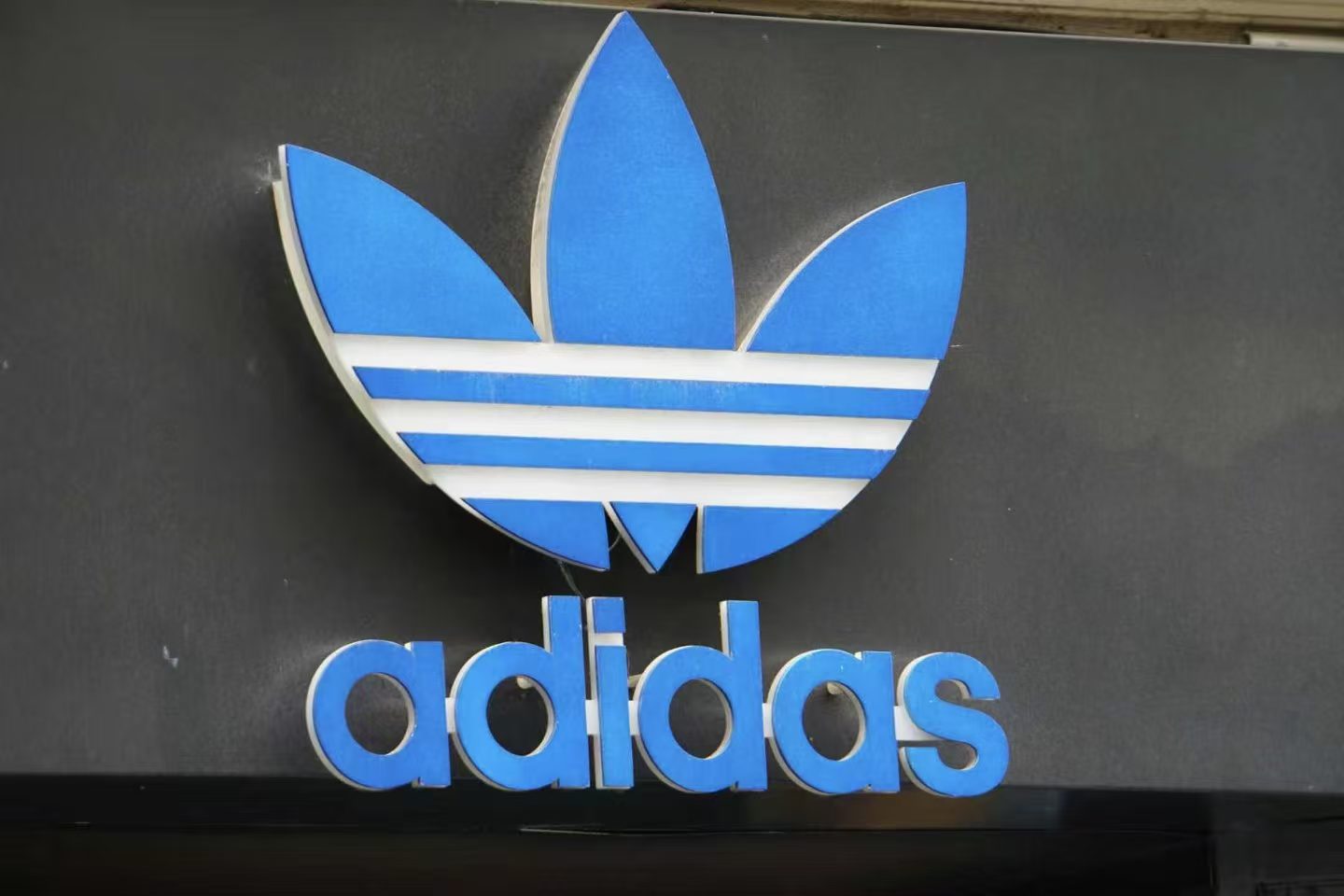Adidas Bets on Workwear Innovation as Helen of Troy Faces Major Setback
The retail industry this week revealed a striking contrast: Adidas made a bold move into the industrial workwear segment, while consumer goods conglomerate Helen of Troy reported a staggering $308 million loss. Together, these stories underscore the shifting dynamics of global consumer markets — where brand diversification and operational resilience are being tested more than ever.
Adidas Enters the Safety Footwear Market — A Strategic Expansion Beyond Sportswear
Adidas, long synonymous with athletic performance, is now stepping into an entirely new field: safety footwear.
The company announced a long-term partnership with Glo Brands BV to develop Adidas Pro Work, a specialized line of shoes designed for construction, logistics, and maintenance professionals. The first models are slated for release in Q2 2026, distributed through select industrial channels.
This marks Adidas’ first serious foray into a market traditionally dominated by utility-driven players like Caterpillar, Timberland PRO, and Skechers Work. The move signals the brand’s intent to leverage its performance design expertise and reputation for comfort into high-demand professional environments.
“Adidas sees an untapped opportunity in merging ergonomic design with protective functionality,” said an industry analyst. “It’s a logical evolution — the boundary between lifestyle and workwear is blurring.”
The safety footwear market, projected to exceed $12 billion globally by 2030, has gained momentum as industries prioritize worker protection and sustainability. With growing demand for stylish yet compliant gear, Adidas’ entry could disrupt a category often overlooked by major athletic brands.
Helen of Troy’s Deep Quarterly Loss Highlights Global Headwinds
In sharp contrast, Helen of Troy, parent company of OXO, Hydro Flask, and Olive & June, reported a net loss of $308.6 million for its second fiscal quarter — a dramatic swing from last year’s $17 million profit.
Revenue fell nearly 9% year over year to $431.8 million, driven by a 16% decline in organic sales. The company cited weakened demand for home appliances and beauty products such as thermometers, heaters, and hair tools — sectors that had previously surged during the pandemic.
Helen of Troy’s struggle also reflects the broader reality of shifting consumer habits and post-COVID normalization. Once-favored “stay-at-home” brands are facing reduced demand as shoppers redirect spending toward travel, dining, and apparel.
Additionally, the company continues to diversify production away from China to mitigate tariff exposure — though its dependence remains higher than anticipated, with 25–30% of goods still affected by tariffs, up from its earlier target of under 25%.
For investors, the numbers point to a transitional period where Helen of Troy must re-balance its brand portfolio and streamline operations to restore profitability.
The Bigger Picture: Retail Reinvention and Brand Diversification
The week’s developments — from Adidas’ pivot into workwear to Helen of Troy’s financial turbulence — highlight a central theme across retail: the search for growth beyond traditional boundaries.
Adidas’ strategy aligns with a broader trend among sportswear giants seeking alternative revenue streams as the athleisure market matures. Rival brands like Nike and Puma have tested adjacent categories through industrial design collaborations and sustainable apparel ventures.
Meanwhile, Helen of Troy’s diversification efforts underscore the risks of overexposure to single-market dependencies — whether geographical (China) or behavioral (pandemic-driven demand).
At the same time, lifestyle crossovers continue to redefine consumer expectations. Crocs, for instance, recently unveiled 35-inch vegan leopard-print fur boots during its “Croctober” campaign, leveraging internet humor and pop culture through a collaboration with musician T-Pain. The result? Viral marketing that reinforces brand relevance far beyond comfort clogs.
Editorial Take: Why Adidas’ Workwear Move Matters
Adidas’ entrance into the safety footwear sector is more than a product launch — it’s a signal of brand evolution. As industries converge and fashion meets functionality, the company is positioning itself at the intersection of performance, protection, and style.
If successful, this could open new B2B opportunities and strengthen Adidas’ foothold in sectors with year-round demand — less cyclical and more utility-driven than sportswear retail. For competitors, it raises the bar for design innovation in professional gear.
In contrast, Helen of Troy’s results serve as a cautionary tale of how supply chain realignment and post-pandemic corrections can strain even well-established portfolios. Yet, its move to diversify production and reduce tariff exposure could pay off in the long term if executed with precision.
In short: Adidas is betting on durability and diversification — the same qualities Helen of Troy now needs to reclaim. The coming year will reveal which strategy proves more resilient in a changing retail landscape.
